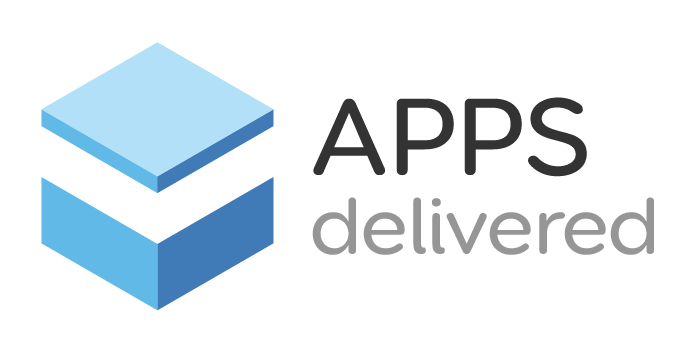Developers aren’t the only ones raving about the advantages of Atlassian Forge versus Connect. Clients are singing its praises, too. As it turns out, there’s a lot to sing about. Or, at the very least, there are numerous reasons why clients are soon going to be asking their software engineers why they haven’t committed to Forge. Don’t scoff – that day may be coming sooner than you think. Why? Because everyone knows that a happy developer equals a satisfied client. You may want to snicker about that, but we know it’s true, having straddled the client and the developer side. We’ve all heard horror stories about the havoc wreaked by unhappy developers. Nobody wants to be that client who endures the wrath of an upset and disappointed software engineer.
Nobody wants unhappy developers
It’s pretty much par for the course that you can make your software developers unhappy (pretty quickly) by requiring that they attend more than two meetings per day. Micro-management is another definite no-no. I can hear you scoffing and snickering again! Truth. The phenomenon of unhappy software developers is a thing. Researchers have studied the effects of unhappiness on productivity, burnout, and more. Emotion and performance are highly correlated: so is the quality of code. All this talk of unhappy developers is the opposite of where we want to take this article. Last week, we shared why developers are happy with Forge. And we’ve already pretty much established that happy developers = delighted clients. But let’s dive deeper into the latter.
Faster – better – cheaper
Clients face the often undaunting prospect of spinning the faster – better – cheaper wheel. When a client spins that wheel, they get to keep two outcomes but must eliminate the third. Clients will often sacrifice quality in exchange for increased development speed and reduced cost. That choice selection spurred the movement to go offshore for software development which began as a movement in earnest nearly two decades ago. Since then, the rise of exceptional talent globally, particularly from Ukraine, has restored the “better” option for clients to consider. Managing costs and project timelines remains a driving force behind client decisions and actions. Connect is a development framework for extending Atlassian cloud products. Connect gives you control over the tech stack, infrastructure, and integration with Atlassian Cloud products. You determine your security implementation and authentication with external cloud providers, such as AWS, Google Cloud, or Heroku. With Forge, much of that guesswork has been eliminated, making things much easier for you as a client to manage. As a bonus, the apps developed have inherently greater security.
Six reasons why Forge makes clients happy
But here’s where Atlassian Forge makes things interesting: this new tech platform makes clients and developers happy. Here are six reasons why.
- Money, money!
- Data safehouse
- Faster development
- Prototyping power
- No more heavy lifting
- Uptime upgrade
The first reason makes just about everyone happy. Whether you’re making tons of it or enjoying the benefits of cost savings, money is a crucial factor at play with Forge. As a client, you no longer have to pay for the database, the virtual servers, the other supporting software, the angst and time around decision-making, etc. All those problematic choices – and extra costs – can add up. With Forge, it’s all taken care of. Talk about a solid foundation for happiness! Keeping data safe may be the one driver that trumps money. Of course, upholding FAIR data principles has merit, too, ensuring that all your data is Findable, Accessible, Interoperable, and Reusable. But Forge takes things one step further. All data stay within the Atlassian environment. Consider it the best example out there when it comes to holding your data “hostage.” Because data don’t go out of the Atlassian Forge development environment, it’s safe, acting as a safe house. No more worries about data leakage or accessing it without authorization – and without your knowledge.
These reasons make both clients and developers happy
Four more reasons why Forge is fabulous in the eyes of clients. Not like the first two reasons weren’t already enough, but here are several more. When it comes to faster development – everyone wins. Clients can enjoy knowing that their projects are likely (hey – nothing is guaranteed!) to be on time, which means their customers are likely to be happy, too. Faster development also offers some new latitude for feature creep (every client’s fear). It provides some potential wiggle room to try a few new things out without affecting the product release timeline. If you’re thinking, “This benefit of Forge means that we can shorten the product release timeline!” Guess again. No developer is ever going to sign off on a reduced release timeline. But this Forge functionality may offer clients the chance to experience a few “extras” with every release. Along those same lines, prototyping got some major “power-ups” and got a lot easier. Forge simplified prototyping because so many foundational functions like database lookups, pointing, and security-proofing are now “pre-packaged” which expedites development. Everyone knows the software development mantra, “Fail fast. Fail cheaply.” And Forge certainly upholds its end of the bargain when enabling this.
Atlassian Forge is like happiness in a bottle
Atlassian handles all the critical bits of development like scalability, performance, and security. Many clients ‘ risks and fears are significantly reduced with all this essential functionality standardized and localized within the Forge platform. Clients having that peace of mind that their customers’ data is safe, their app will scale with all the new users, and perform well is like happiness in a bottle! Finally, Forge eliminated the fear of unstable uptime. Previously, as it was with Connect, incorporating a third-party app or add-on into your workflow offered numerous advantages. This included expediting development and saving software engineers the hassle of having to rebuild something that already existed. That’s all well and good until it’s your unlucky day as a software developer or client; that’s the day that whatever third-party app is in your workflow is taken (or goes) offline. Then what? It’s a big scramble to look at the logs and determine which app of the hundreds of choices was likely integrated into the workflow. Then clients are unhappy. So are the customers. And nobody wants that. Bottom line? Forge makes just about everyone we know happy. Especially clients. It’s not often that you hear clients using the “L” word. However, with Forge – you do listen to it. Clients love it!



